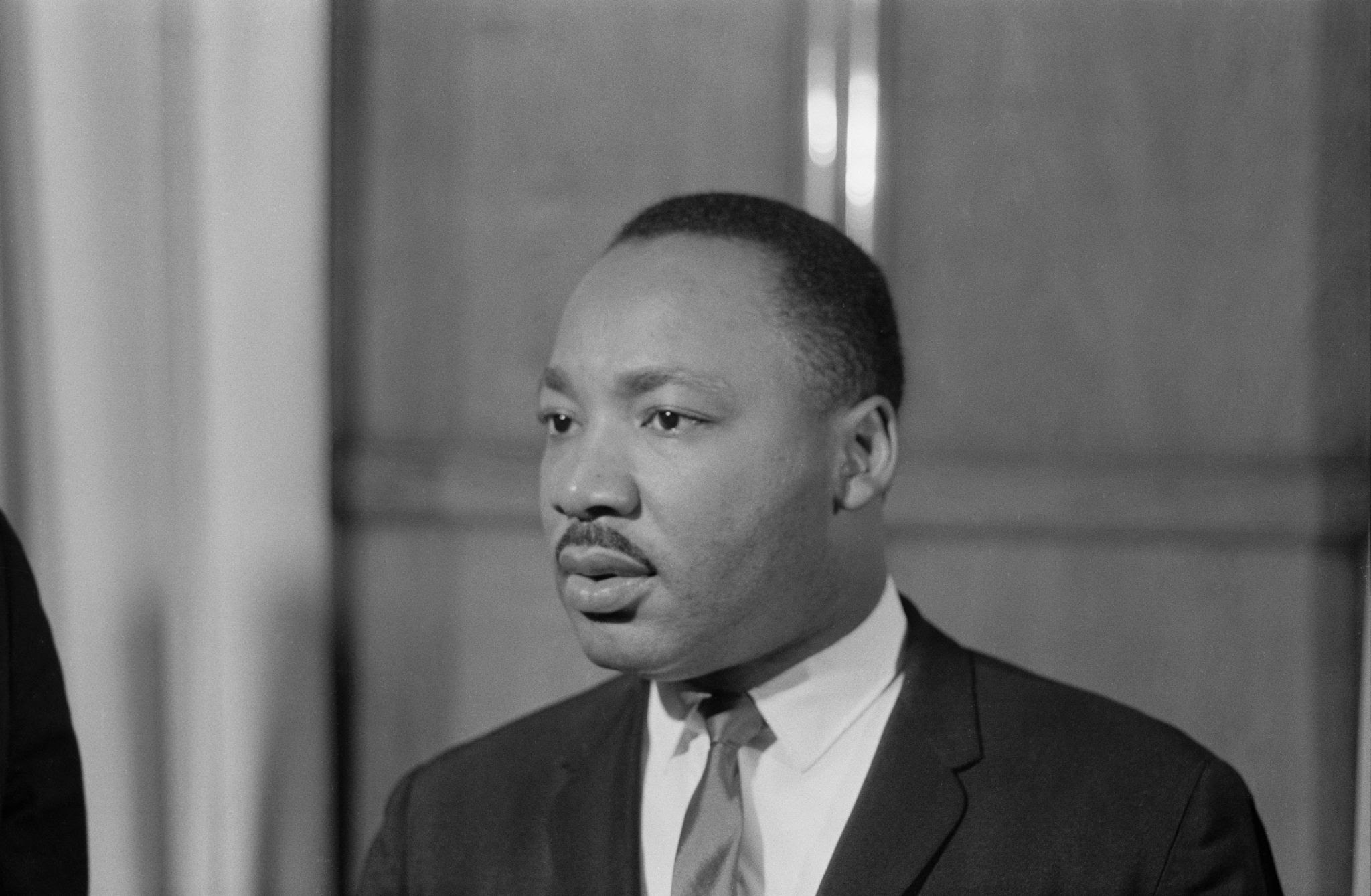C1 atomic structure and the periodic table
Cards (37)
- element definition
- compound definition
- mixture definition
- molecule definition
- what is filtration used for
- what is crystallisation used for
- what is fractional distillation
- what is the nuclear model
- radius of an atom
- relative charge and mass of protons
- relative charge and mass of neutron
- relative charge and relative mass of electron
- electron charge
- proton charge
- neutron charge
- what does atomic number (smaller number) tell us
- what does atomic mass number (bigger number) tell us
- isotopes meaning
- what is an ion
- electron configuration (max electrons in one shell)
- how did mendeleev discover the modern periodic table
- difference between modern periodic table and Mendeleev's
- why are group 0 atoms unreactive
- second key feature of group 0
- where are metals found in periodic table
- where are non metals found in periodic table
- key feature about metals reacting
- how many electrons do group one metals have on their outer shell
- group one reactivity features
- why do group one metals react quicker as you go down
- why does group 1 react more as you go down the ground
- what is group 7 called
- how many electrons do group 7 have in they outer shell
- what do group 7 non metals do to get full outer shell
- what happens as you go down group 7
- why does reactivity decrease as you go down group 7
- How does the reactivity of halogens change down group seven?
